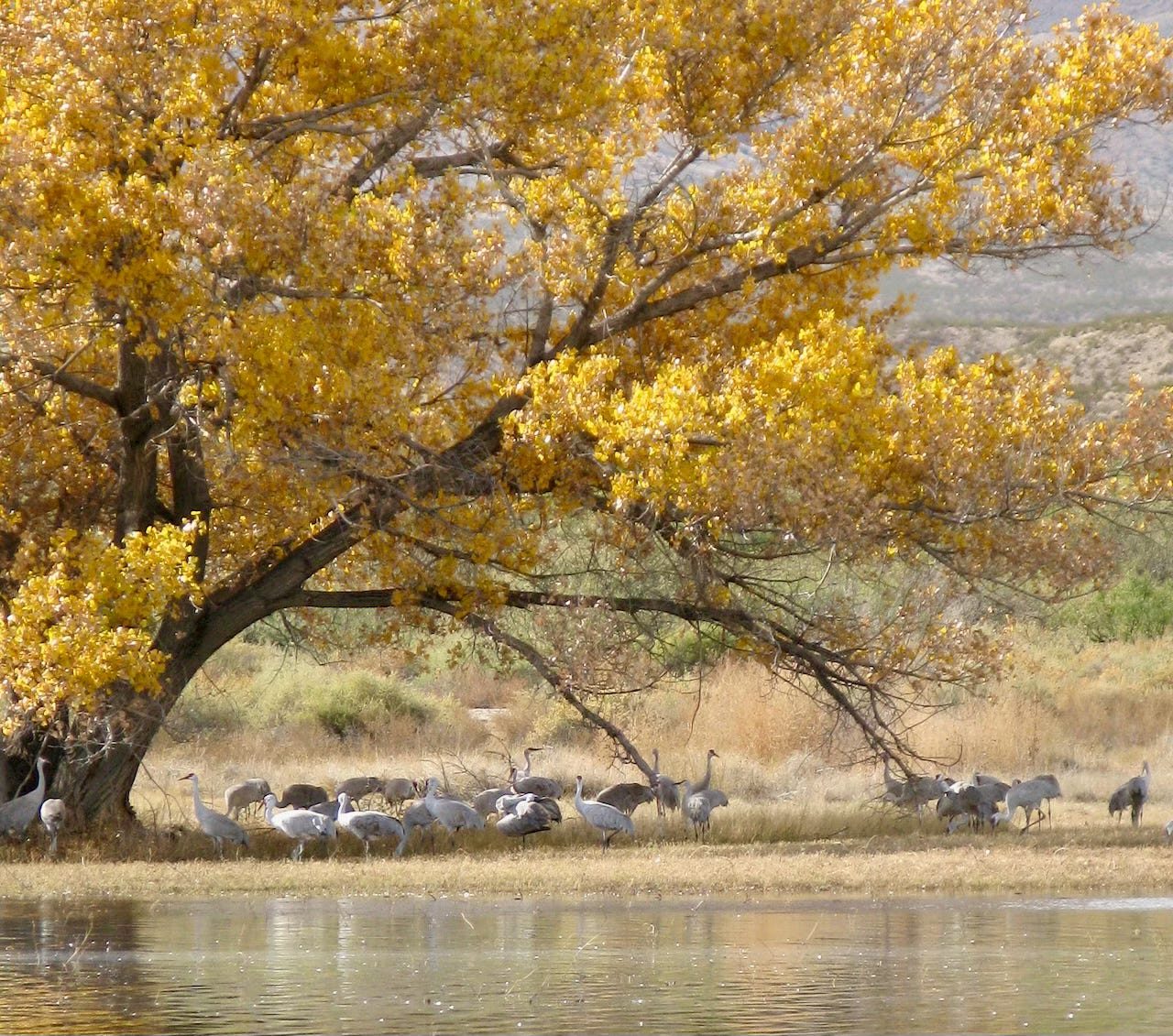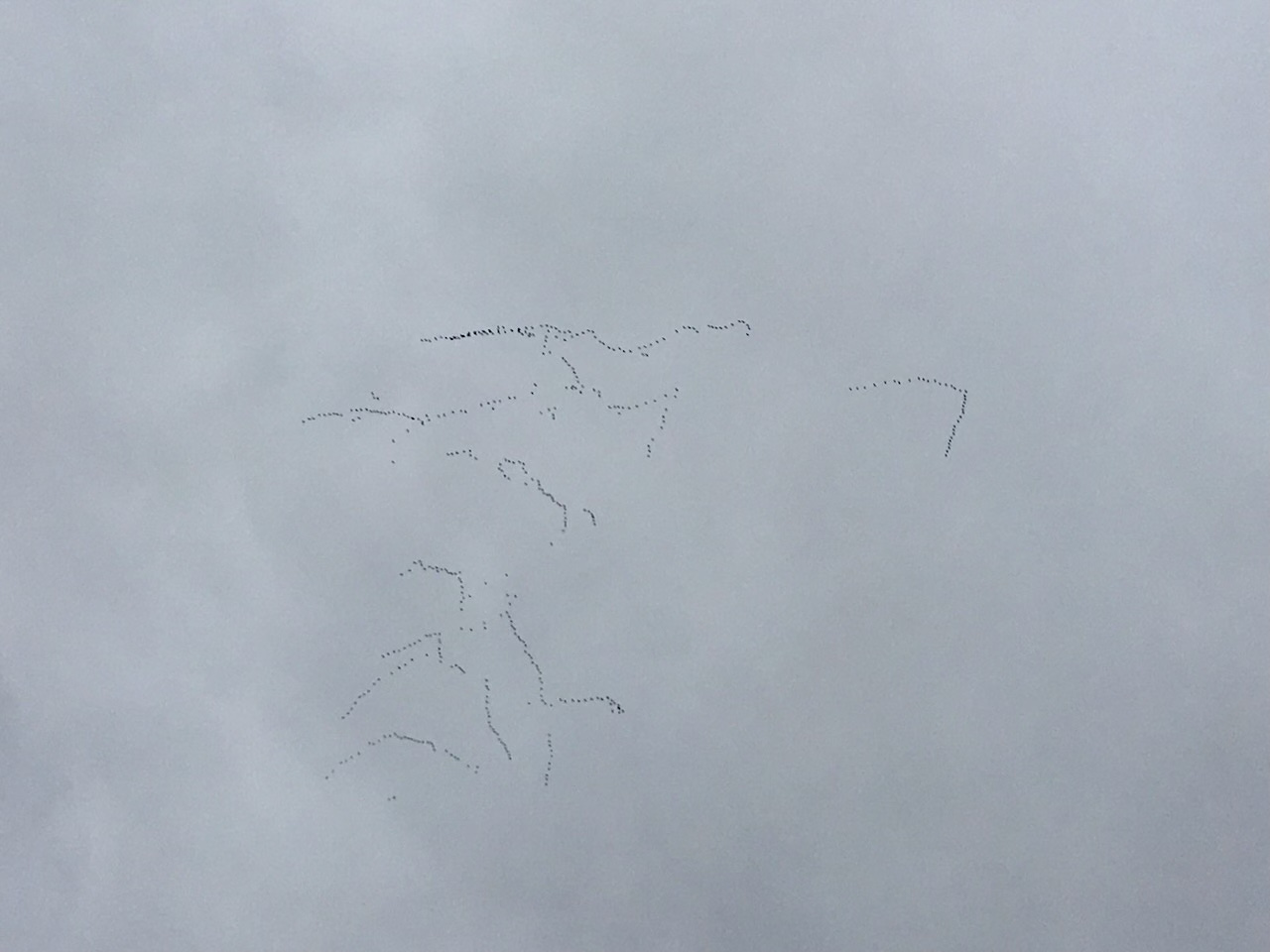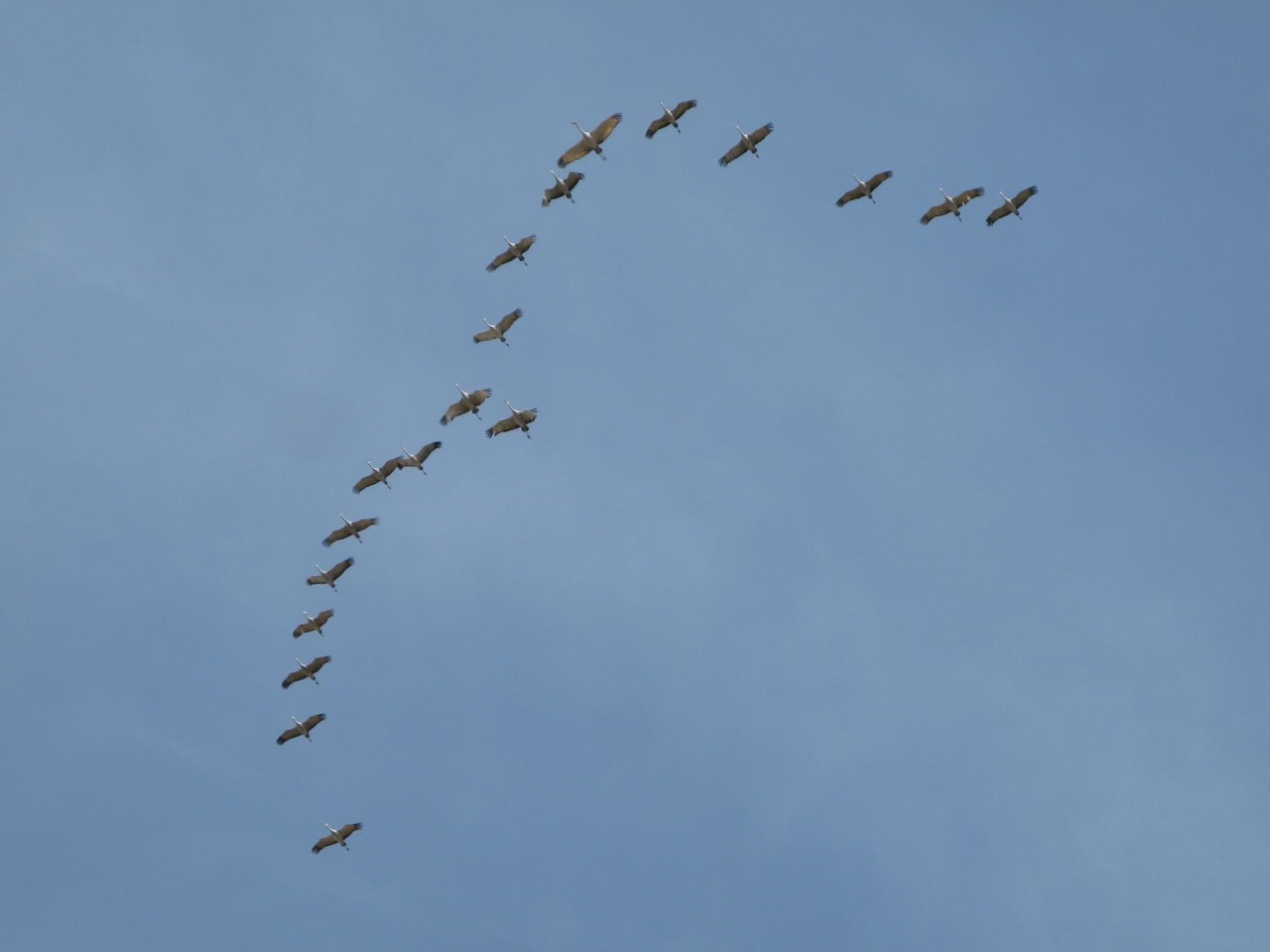Hello, Friends,
Between the US election and my own unsettledness—I am temporarily staying in a cabin in an RV park with all of my belongings in storage while I wait to get into my new house—I totally forgot to write a newsletter yesterday.
About the Election
I refuse to wade into politics in this newsletter, because I want this space to be about our commonalities, not our differences. About healing and living our terraphilia, not our divisions. I do want to offer these words that I posted on social media and in Substack’s “Notes” on Wednesday though, as a suggestion for how to go forward—together:
It seems to me that once we get past the grieving and anger, the best response is to take care of ourselves and strengthen our inner lights so we can shine on our families and friends and communities.
To help each other heal and not give in to fear.
To love this numinous earth and all with whom we share the planet as best we can.
To work in the unique and valuable ways each of us can, and to hold each other close.
Uplifted By Sandhill Cranes
I also want to offer this story of resilience from nature, the community of the land.
Yesterday, as I walked the river trail “home” to my tiny cabin after an errand, I heard the throaty calls of sandhill cranes. I stopped and looked around at the scrubby river bottom, a former gravel mine gradually growing back with native cottonwood and willow trees, rabbitbrush and a lot of invasive weeds, and saw no tall gray birds with long necks and long legs.
But I could hear them, their calls a continuous throbbing, “Khrrr! Khrrr! Khrrr!” in the distance. Where were they?
I scanned the sky to the east, over town, where the sound was coming from, listening intently. Finally, I spotted a string of the big birds circling a mile or more away, over the hills east of town. And then another string and another, wide wings catching the sunlight as they turned, soaring upward, circling and calling in those resonant voices.
Some strings of cranes circled wider in the rising air, some tighter. And all the while, their calls echoed over the noise of town.
As I watched, the whole mass of perhaps a thousand sandhill cranes gyred higher and higher on rising warm air, searching for a southward flow that would carry them over the turbulence of the high ridges and peaks of the San Juan Mountains and on toward the Rio Grande Valley, their winter home in New Mexico.
I watched and listened until they were out of sight above the dotted clouds. And then I walked on, awed by the sound and sight of cranes in migration.
Long Part of This Continent
Greater Sandhill Cranes have migrated along the Rocky Mountains for millions of years, since long before humans appeared. The big birds with the long beaks, long necks and long legs have persisted through enormous upheavals—extinction of the mastodons and other megafauna, continental glaciers advancing and retreating, human development and technology.
Through all of those changes, sandhills thrived, flying their annual migration north in summer to nest in marshes, wet meadows and along small lakes from western Colorado north to boreal Canada, and south in winter.
And then, as the days grew shorter, beginning their long migration south, gathering first in family groups, stopping to feed and rest as they go, meeting other cranes and continuing on south by stages, gathering in larger and larger aggregations until they join wintering flocks in the thousands.
As they do today, when groups of cranes stop for days or weeks to feed in marshes and fields, probing the soil for insect larvae (including root-feeding insects that damage crops) and seeds.
They socialize, calling in those throbbing voices all the while. Crane “chatter” en masse is heart-stirring and can be almost deafening.
And they dance, pairing up to leap toward the sky, long beaks stretched upwards, bowing and circling with ballet-like grace. Sandhill cranes mate for life, and the dances are part of annually renewing those pair bonds. (A lovely practice humans might do well to adopt.)
Thousands of Cranes on the Move
Walking home to the cabin, I kept hearing crane voices long after that first group was gone. I stopped each time to scan the puffy valley clouds and the blue sky beyond, and saw more cranes, some in long strings winging south, and hundreds more circling in a gyre of dark forms, wings flashing as they turned and their feathers reflected the sun, and calling steadily, those voices echoing across the valley.
By late afternoon, I guess I heard and saw at least two thousand sandhill cranes, all headed south between storms.
“Safe travels, sweet cranes!” I said out loud to each group of birds, and then walked on, smiling, my mood lifted by the gift of cranes in migration.
Sandhill cranes’ fidelity to this landscape and their annual migration are reminders that no matter the turbulence of human affairs, life as a whole carries on with the business of living, loving, birthing, dying. Cycling through each year, over and over, renewing itself.

Coda: Solo Crane
I would like to end this story there, on a feel-good, high note. Only that would not be truthful. Not all stories end happily, and we walk on anyway, living and loving as best we can.
This morning as I walked the trail across the river at sunrise, I heard that distinctive resonant sandhill crane call again. I stopped, exhaling frost clouds into the quiet air. And saw a single sandhill crane flying upriver, low, calling.
Just one crane. Flying determinedly south. Calling for their flock, over and over. And no crane voice answered.
Cranes are social birds: they don’t live alone; they don’t migrate alone.
The sound and sight of that solo crane cracked my heart open as nothing else in this turbulent time has done.
“I know just how lonely that feels,” I said out loud.
And I walked on, tears running down my cheeks.
Then I added, knowing my words might be futile, but needing their loving energy any, “Safe travels, sweet crane. May you arrive whole. May you find your flock.”
I send that wish out for us all: May we travel safely through whatever comes. May we arrive whole. May we find our flocks, our communities.
I am reminded of the opening of my memoir, Bless the Birds: Living with Love in a Time of Dying, words from my heart that seem especially appropriate right now:
This story is… both prayer and love song, an invitation to walk in the light of what we love, especially when times are hard or heartbreaking. To open our hearts and go forward with as much grace as we can through life’s changes. To honor our cell-deep connection to all of the other lives with whom we share this planet. To celebrate the miracle of simply being, our capacity for love, which is both gift and salvation.
Blessings to you all. Be well and walk on with as much grace and love as you can muster.
Susan







Oh Susan, what a beautiful piece of writing. I was moved to tender and beautiful tears. Thank you for sharing the ways that the world speaks to you-- it inspires me to want to listen to and observe my surroundings more carefully, and with greater appreciation. ~stephanie
Thank you, Susan, for giving voice to these birds.